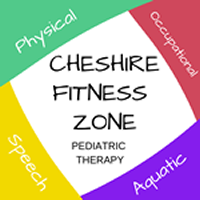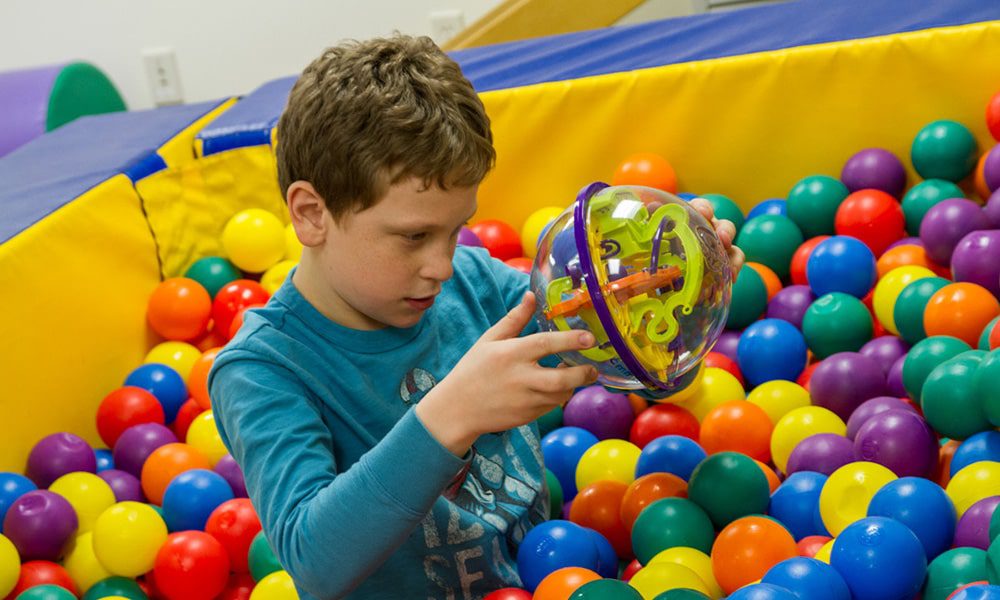A child requires a functional range of motion in both legs, endurance, bilateral coordination, core strength and good balance to develop a healthy walking pattern. If there is some form of deficiency in any of these areas, gait training may be the solution to help a child achieve a more functional walking pattern.
If you are familiar with infant gross motor milestones, you might already know that a child should begin by him- or herself at 12 to 14 months. Sending the child for a physical therapy program in CT can be useful to facilitate appropriate movement. Walking with a limp, toe walking and the absence of a proper heel-toe walking pattern are problems that need to be corrected; these are indications that gait disturbance exists.
An introduction to gait training
Are you new to gait training? This is basically the process of training a child to walk. The training aims to help the child establish a normal walking pattern and improve their walking abilities, with/without an assistive device (walker or cane) or assistance from another individual. A dysfunctional nervous and/or musculoskeletal system may be the cause of gait abnormality.
Can a child’s gait disturbance be left untreated?
No, it is not recommended to neglect your child’s gait disturbance. Gait disturbance should never be ignored as it can affect the child’s functional walking pattern, alignment and posture. Without treatment, the child may find it difficult to keep his/her balance while standing, climb stairs or participate in everyday play and physical education.
Children using temporary lower-extremity prostheses can undergo gait training
Temporary lower-extremity prostheses are not only used as stump shrinkers as juvenile amputees can use them to develop a good prosthetic gait pattern as well. In fact, that can be achieved without a substantial amount of instruction and close supervision. With that in mind, juvenile amputees can opt for gait training before using temporary lower-extremity prosthesis.
This happens during the initial phase of the prosthetic training and an adjustable leg is worn until optimal alignment was obtained. This also gave physical therapists to teach and supervise the individual in prosthetic control, coordination, posture and balance exercises. The gait training programs will be adjusted according to their age and type of amputation.
After the fabrication of the permanent prosthesis
Parents of children, who received their permanent prosthesis, are often supplied with specific exercises designed for their children. These exercises are to be practice at set periods each day. Parents are also instructed to observe the gait and correct potential faults made by the child. With the combination of gait training and temporary lower-extremity prosthesis, both pre- and post-prosthetic training periods have undergone considerable reductions as well.
After one or two physical therapy visits and the use of an efficient and safe prosthetic gait, the child/juvenile amputee has a better chance at reaching the maximum potential of muscle development and stump shrinkage. This also allows the individual to attain a suitable gait pattern in less time. Parents, however, should still assume an active role in the training program while their child learns to use his/her prosthesis.



